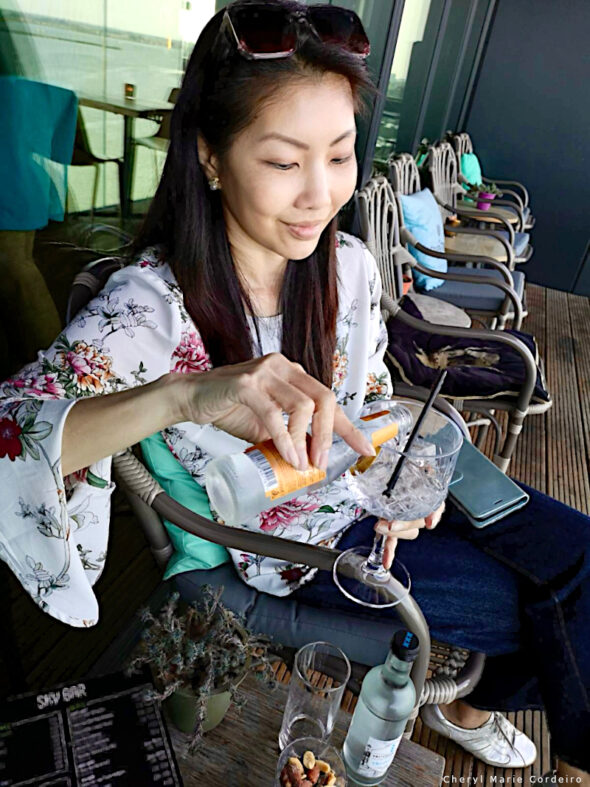
Photo & Text © 2025 JE Nilsson, CM Cordeiro
1 | Circular Economy as a New Design Brief – and How Europe Measures Up
Across Europe, the concept of a circular economy (CE) is gaining momentum as cities strive to reduce environmental impact and build more resilient systems. Unlike the traditional “take-make-dispose” model, the CE framework reimagines artifacts, products, buildings, and processes as part of a continuous loop, where resources are reused, repurposed, or regenerated.
A 2022 Europe-wide study introduced the ASCÉ framework to assess how robust these CE systems really are [1]. While many European countries score well on political commitment and citizen engagement, the study found a lack of structural embedding: fragmented governance, inconsistent data systems, and limited institutional coordination often hold back real progress.
In this context, architecture plays a pivotal role in accelerating the circular transition. The built environment is responsible for roughly 40% of global carbon emissions and over one-third of total waste generation, making it both a critical challenge and a powerful entry point for CE implementation [2,3].
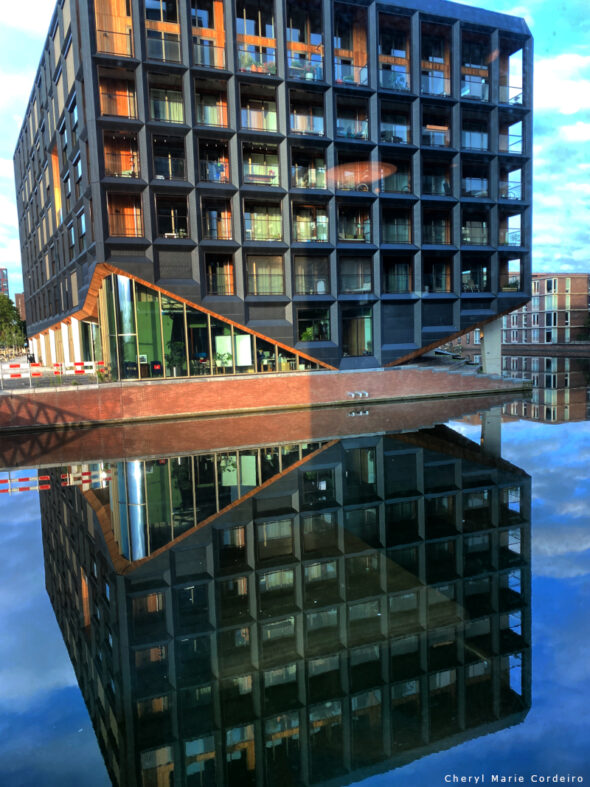
2 | European Cities Setting the Pace for Circular Transition
Leading European cities are increasingly embracing the idea of designing buildings as material banks [4], structures that are intentionally conceived to be disassembled, reused, and reconfigured rather than demolished and discarded. This shift reframes architecture not just as spatial design, but as a long-term resource management strategy.
Cities like London, Zurich, and Helsinki are already piloting material passport systems and urban mining platforms, enabling the traceability and reuse of construction components at scale. In Zurich, the “Bauteilnetz” marketplace connects projects for real-time material exchange, while Leuven has adopted urban mining as a standard practice for civic redevelopment. These efforts align with the ASCÉ framework, which emphasizes the importance of systemic enablers like digital infrastructure and cross-sectoral governance for CE robustness.
Amsterdam exemplifies how urban architecture can integrate circular principles at every stage [5], from policy and procurement to design and demolition. Through tools like Madaster (a material passport platform) and CircuLaw (which enables legal alignment with CE goals), the city supports architects, developers, and builders in embedding reuse and regeneration into physical projects. Buildings like the Circl Pavilion and the Schoonschip neighborhood show what’s possible when design becomes a vehicle for circular innovation, using salvaged steel, bio-based materials, modular timber frames, and cradle-to-cradle components.
As such, the architectural sector is evolving from static, linear construction to dynamic, circular systems, where buildings are not end points, but nodes in a regenerative loop. This new paradigm not only cuts emissions and waste but also increases flexibility, economic value retention, and long-term urban resilience.
3 | Amsterdam – Europe’s Living Lab for Circular Architecture
Amsterdam has positioned itself at the forefront of circular innovation by embedding systemic change into its urban development agenda. Rather than treating circularity as a niche experiment, the city has institutionalized it through binding targets, policy instruments, and economic incentives. Since embracing the Doughnut Economics framework in 2020, Amsterdam has pursued a phased transition toward circularity with measurable benchmarks, targeting a 50% reduction in virgin material use by 2030 and full circularity by mid-century [6]. In the built environment, this transition is driven not only by long-term goals but by enforceable criteria: as of 2023, all public construction tenders must meet circular standards, and by 2025, half of all renovations and maintenance projects must adhere to circular construction principles.
To operationalize these ambitions, Amsterdam has developed a suite of enabling tools that integrate legal, technical, and data infrastructures. CircuLaw empowers city departments to identify and apply legal pathways that support circular procurement, planning, and permitting. Madaster, a digital material passport platform, tracks the composition, origin, and reuse potential of building components, effectively treating buildings as future resource banks. Meanwhile, the Circular Monitor provides policymakers and stakeholders with real-time data on material flows and environmental impacts, supporting evidence-based decision-making.
What sets Amsterdam apart is the extent to which policy innovation is mirrored by market response. The city’s ecosystem of firms is not only aligned with municipal objectives but also actively shaping the future of circular architecture. Small and medium-sized enterprises (SMEs) in Amsterdam play a crucial role in materializing the city’s circular ambitions through innovation in construction and material technologies [7]. These businesses are developing novel approaches such as large-scale additive manufacturing with recycled inputs, upcycled plastic-based façade systems, bio-based concrete alternatives, and modular timber construction designed for disassembly. Others are advancing structural applications of renewable materials like engineered bamboo, offering lightweight and low-carbon substitutes for conventional steel and concrete.
Rather than operating on the fringes of the market, these SMEs are delivering visible, high-impact projects in prominent urban developments, ranging from major transportation hubs to regenerative housing districts and adaptive reuse sites. Their work complements and amplifies Amsterdam’s institutional efforts, demonstrating how an integrated ecosystem of policy, infrastructure, and entrepreneurial innovation can anchor a city-wide circular transition. Through this synergy, Amsterdam is not merely experimenting with circularity—it is embedding it into the urban fabric as a scalable and replicable model for sustainable architecture.
4 | Seeing Amsterdam Through a Circular Lens
Most travel guides rank Amsterdam among the world’s top destinations for its canals, museums, nightlife, cycling culture, and historic charm. A typical “Top 10 Things to Do in Amsterdam” list might include visiting the Rijksmuseum, biking through Vondelpark, taking a canal cruise, or shopping in the Nine Streets. While these are undeniably worthwhile experiences, they only scratch the surface of what the city truly offers, especially for visitors interested in sustainability and innovation.
What’s often missing from mainstream tourist itineraries is an awareness of how deeply circular economy (CE) thinking is embedded in Amsterdam’s physical and social fabric. From the buildings you sleep in, to the streets you walk through and the food halls you dine in, CE is not a concept confined to policy papers, but something any visitor can actively experience. For visitors who look beyond the postcard view, Amsterdam becomes a living showcase of sustainable urbanism.
Exploring Amsterdam through this lens reveals a city where buildings are designed for disassembly, public spaces are constructed from reclaimed materials, and energy flows through closed-loop systems. It transforms a typical city break into something more immersive: an invitation to understand how design, waste, and energy can function in balance with the planet.
| Experience | Location | Circular Insight |
|---|---|---|
| Architectural walk or bike ride | Zuidas & Eastern Docklands | Discover modular office buildings, reclaimed façades, and timber-hybrid towers that reflect circular design principles. |
| Visit Buiksloterham [8] | Amsterdam-Noord | Tour a once-industrial district now redeveloped as a circular neighborhood with floating homes, shared energy systems, and decentralized water reuse. |
| Explore De Hallen [9] | Oud-West | A tram depot reborn as a vibrant cultural space, showcasing adaptive reuse through food halls, cinemas, and artisanal workshops. |
| Stay circular | City-wide | Choose eco-hotels that apply circular practices—using recycled interiors, greywater systems, and renewable energy loops. |
Amsterdam doesn’t require its visitors to be sustainability experts, but it does reward those who notice. A visit here need not be just about what you see, but also about what you experience through the systems beneath the surface. Whether you’re walking through a timber-framed public building or staying in a hotel designed for reuse, you’re stepping into a city that’s already designing for a circular future.
In a time when climate-conscious travel is gaining urgency, Amsterdam offers a rare balance: a rich cultural experience paired with a quietly radical urban transformation. It invites all who come to not just admire the city, but to reflect on how we can live better within planetary boundaries.
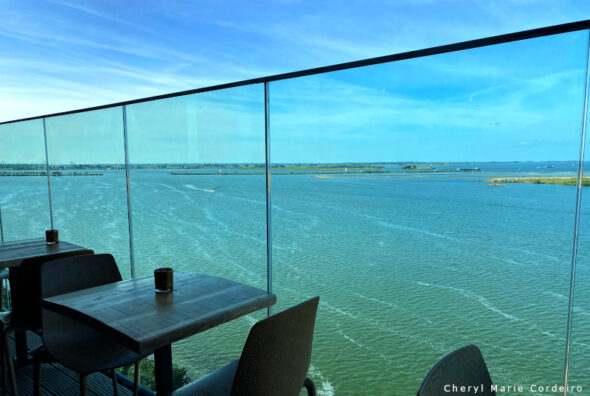
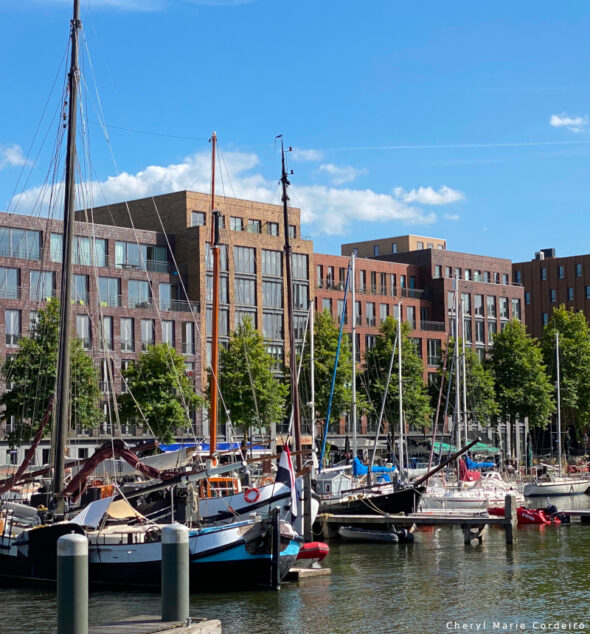
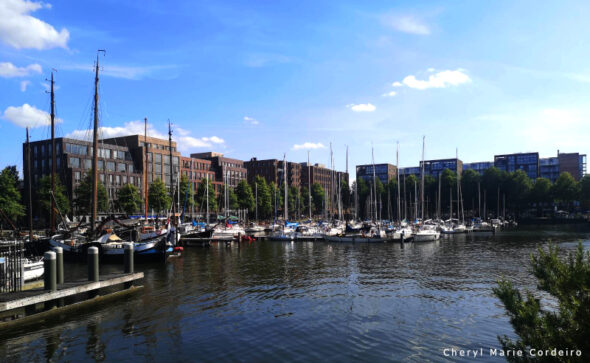
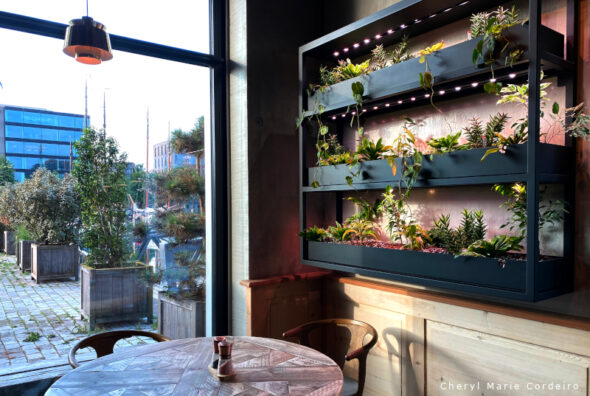
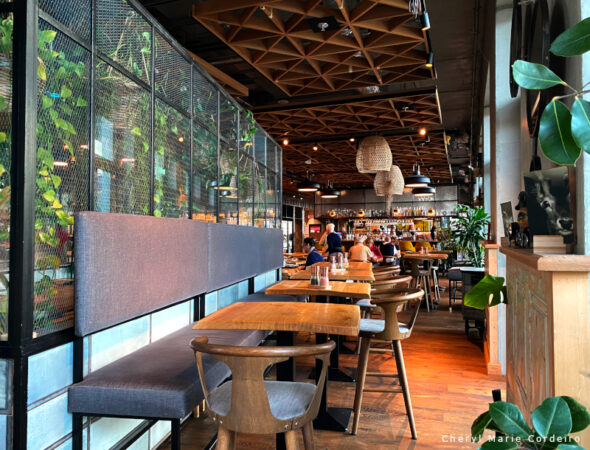
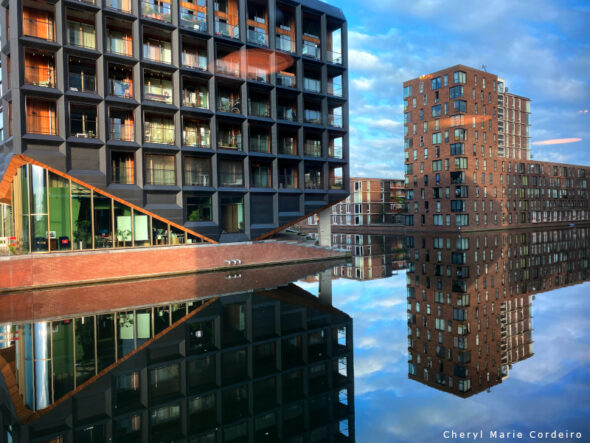
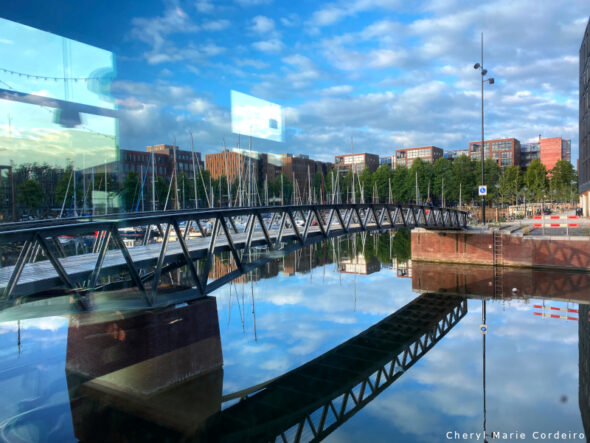


References
- [1] Zisopoulos, F. K., Schraven, D. F. J., & de Jong, M. (2022). How robust is the circular economy in Europe? An ascendency analysis with Eurostat data between 2010 and 2018. Resources, Conservation and Recycling, 178, 106032. https://doi.org/10.1016/j.resconrec.2021.106032
- [2] OECD. (2020). OECD Urban Studies The Circular Economy in Cities and Regions Synthesis Report (1st ed.). OECD Publishing.
- [3] The Circular Economy in Cities and Regions of the European Union. (2025). OECD Urban Studies. https://doi.org/10.1787/e09c21e2-en
- [4] Manelius, A.-M., Nielsen, S., & Schipull Kauschen, J. (2019). City as Material Bank – Constructing with Reuse in Musicon, Roskilde. IOP Conference Series. Earth and Environmental Science, 225(1), 12020. https://doi.org/10.1088/1755-1315/225/1/012020
- [5] Maldini, I., Lee, S., & Brechin, S. R. (2025). Overcoming Barriers for “Strong” Sustainable Consumption Policy: The Case of the Amsterdam Doughnut. In Routledge Handbook of Climate Change and Society (2nd ed., pp. 284–296). Routledge. https://doi.org/10.4324/9781003291206-23.
- [6] Thompson, M., Cator, C., Beel, D., Jones, I. R., Jones, M., & Morgan, K. (2024). Amsterdam’s circular economy at a world-ecological crossroads: postcapitalist degrowth or the next regime of capital accumulation? Cambridge Journal of Regions, Economy and Society, 17(3), 535–550. https://doi.org/10.1093/cjres/rsae022
- [7]
- I amsterdam (2025). 8 Amsterdam companies reinventing circular building materials. Retrieved from https://www.iamsterdam.com/en/business/8-amsterdam-companies-reinventing-circular-building-materials
- [8] Hubmann, G., Lohse, T., Plenge, J., Altan, H., Kremer, P., Piselli, C., & Balaban, O. (2022). Urban Circularity: City Planning Perspectives from the Regeneration of Amsterdam’s Buiksloterham District. In Innovating Strategies and Solutions for Urban Performance and Regeneration (pp. 23–36). Springer International Publishing AG. https://doi.org/10.1007/978-3-030-98187-7_3
- [9] Oetelmans, J. (2022). De Hallen: Adaptive reuse of cultural heritage in the context of circular urban development (Master’s thesis). University of Amsterdam. Retrieved from https://openresearch.amsterdam/image/2022/12/12/oetelmans_joske_08_07_2022pdf.pdf